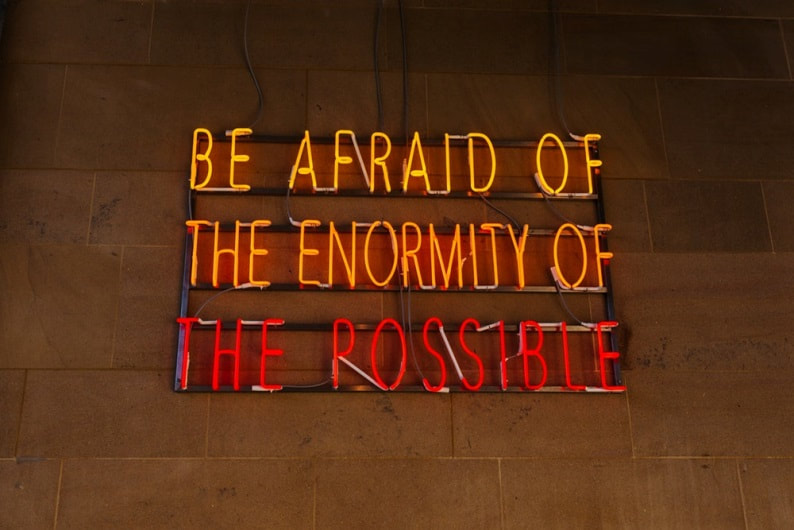Here are more lessons learned from my eight years helping lead a global Fortune 50 corporation’s employee engagement journey. We leveraged internal best practices by:
1. Using 6 Sigma methodologies to determine statistical correlations. 6 Sigma was being used throughout the corporation to drive improvement. So, we used it too on our engagement journey. Examples included: a) Production supervisors who provided effective performance feedback; made employees feel appreciated; and solicited and valued employees' opinions and ideas had 50 percentage point or more differences in engagement than their counterparts; and b) Supervisors who were on a specific job longer, had lower supervisor to employee ratios, and used team leads had significantly higher engagement.
2. Holding monthly Engagement Exchanges. These global conference calls had leaders whose division or facility had high engagement and/or significant year over year improve highlight tactical and practical actions they had taken. Each session was kicked off by a high-ranking executive and then passed on to middle and first line managers for more detailed discussions. Each session was recorded for future reference.
3. Hosting an annual Global Engagement Conference. At first, everyone thought they were different due to the country they operated in, product or service they provided, function they administered, or makeup of staff. But, the conference helped people quickly discover they had much in common on this engagement journey. Networking exploded. New relationships and benchmarking started. And, the mix of people attending the conference shifted from primary HR professionals to HR and Operation professionals. The agenda was usually 80-90% internal and 10-20% external expertise. We had over 300 people attend these global conferences.
4. Creating and celebrating the Chairman’s Engagement Award. This non-financial recognition and reinforcement was given to individual divisions and facilities for reaching engagement milestones (best-in-class, most improved, etc.). Awards (banners and trophies) were presented to winners, based on size of organization/facility and function they performed (service, marketing, operations, distribution). Extensive ‘internal press’ was given to winners through our corporate media channels. Note: at the time there were only two other Chairman’s awards – one for quality and one for safety.
5. Partnering in research studies with our survey provider. One study compared some key performance metrics in our independent dealer branches. When we compared the engagement levels of the top 25% of branches in the study to the bottom 25% of branches, we found highly engaged branches: a) out-performed their counterparts by meeting or exceeding quarterly financial targets 40% more often; b) had 60% lower technician related rework; and c) 3 times fewer accidents. This information was then broadly shared.
How are you capturing and leveraging internal best practices to drive and sustain high levels of employee engagement?
I hope this five-part series has given you new ideas and food for thought to support your organization’s employee engagement journey. I am passionate about sharing my experience and consulting with my clients to help drive and sustain their culture and employee engagement. How can I help you? Let’s start a dialog to discuss your efforts and how I might be able to help. Please contact my Business Manager Michele Lucia at [email protected] or 1.214.543.0844 to set up a call. Always remember – Employee Engagement is a contact sport!






 RSS Feed
RSS Feed


